Remote Learning the Hope Way
Hope’s dedicated faculty shifted 900 courses to remote learning in 10 days this spring, their commitment to their students helping the college itself learn valuable lessons for the future.
How do you move a dance class online, especially when your students have gone home to five different time zones? Which videoconferencing app has better break-out rooms? Does starting class at noon on Thursdays matter anymore?
In March, Hope College faculty had 11 days to power through those questions as they reworked courses they typically teach in person. Along with other institutions nationwide, in response to the COVID-19 pandemic Hope announced on March 11 that classes would transition to remote instruction after the spring recess scheduled for March 13 through 22.
By the time students returned (virtually) on March 23, professors had answers.
For instance, here’s how the Department of Dance handled question number one. “We said, ‘None of us want this, but let’s not wallow. This is a dance class. We’re dancing’,” said Matthew Farmer ’04, the department chair. Class meetings on Zoom continued at their usual time for most dance classes, while some classes met just once a week. For those hybrid classes, faculty posted material online for students to access when they chose. Students viewed videos of their teachers demonstrating movement; then they danced at home, and filmed themselves, and emailed videos back. Professors met one-on-one online with each student every week to offer feedback.
“Faculty moved quickly and cheerfully to pivot,” Provost Cady Short-Thompson said. “This was a lot to ask of them, and they did well. I wasn’t surprised, but I was pleased and grateful.”
This spring and summer, Hope professors with extensive online teaching experience led workshops and one-on-one training for colleagues who are newer to it, about everything from online exam security to ways to build intimacy in a virtual classroom.
“We said, ‘None of us want this, but let’s not wallow. This is a dance class. We’re dancing.’”
In mid-August, as fall semester starts early so students can take exams before Thanksgiving and then head home until 2021, the most diverse assortment of course modalities in Hope College’s history will launch: a mix of face-to-face classes, online courses and hybrid combinations of the two. Regardless of which way a class begins this month, each professor has a plan in place for how to transition quickly to completely remote instruction if it proves necessary.
“Faculty have more tools to use and had more time to learn to apply them,” Short-Thompson noted. “Put simply, we are improving the online instruction capabilities of the college.”
One key choice every faculty member faces is whether to keep classes on set schedules — synchronous — or adopt an asynchronous model, providing resources and assignments students could access over a range of time.
When Sarah Kornfield began reimagining her courses in Gender Communication and Rhetoric and Public Culture, she first planned to synchronously continue these discussion-based classes, albeit on Zoom. But realizing that students would be in different time zones and that Zoom is not conducive to the nuanced nature of her course discussions, she shifted gears. “Once I decided to take my classes asynchronous, it worked a lot better,” she said. On Hope’s Moodle online learning platform, she posted 12-minute presentations plus links to other material she wanted students to view and respond to. At any time on a given day, students could log in to join an online written conversation; after the discussion board closed at 5 p.m. Kornfield could view what all the students posted. “I was delighted by the quality with which they dug into the discussion,” she said.
Classicist Steve Maiullo overhauled Cultural Heritage 1 with community in mind. He sensed that isolated at home, students “more than ever might need to find ways to be close to each other at this time.” So to his reading list he added “Learning in Wartime,” a sermon C. S. Lewis delivered to Oxford University students in 1939 just after Britain entered World War II. “Lewis asks them to think: ‘Why should you continue learning now, at a time when the world is falling apart around you?’,” Maiullo said. Relegating his lectures to Moodle for pre-class viewing, in twice-a-week Zoom meetings he had students spend nearly all their time in small groups discussing questions that prompted them to relate their own experience during the pandemic to Lewis’s sermon and to The Aeneid, The Odyssey and other classical works — questions about fear, distraction and frustration. In the last class session, a third of Maiullo’s students decided to keep their small groups going through the summer.
Charlotte vanOyen-Witvliet, on the other hand, was confident that whole-group meetings would continue to be fruitful for the psychology majors whose 22 spring internships she supervised. “The vast majority had to switch to remote operations. They had to adapt and switch gears,” she said. “For our class to meet and discuss things together weekly was really important — to see each other’s faces and hear one another’s voices.”
Shifting off campus and online posed unique challenges for students involved in hands-on research, too. At the same time Witvliet was helping students navigate remote internships, she and her colleague Lindsey Root Luna ’03 were adjusting their research assistants’ tasks for spring and summer.
“There was a mindset shift I felt called into immediately…
How do I embrace this moment in as clear-eyed a way as possible so that I can communicate effectively to our students that we’re committed to finding a way to offer the best possible learning experiences for them?”
“There was a mindset shift I felt called into immediately,” Witvliet said. “How do I embrace this moment in as clear-eyed a way as possible so that I can communicate effectively to our students that we’re committed to finding a way to offer the best possible learning experiences for them?”
The college’s Computing and Information Technology staff provided the students with statistical software licenses for their home computers and granted them access from home to the Hope server, enabling them to work with data at home for the rest of the semester. Witvliet and Root Luna used Google Hangouts and Zoomed with them regularly. “We’re doing this differently, but we’re also doing what we always do,” Root Luna said as the research team’s work continued in June. “We were able to talk about mentoring things that we would have talked about face-to-face in the lab.”
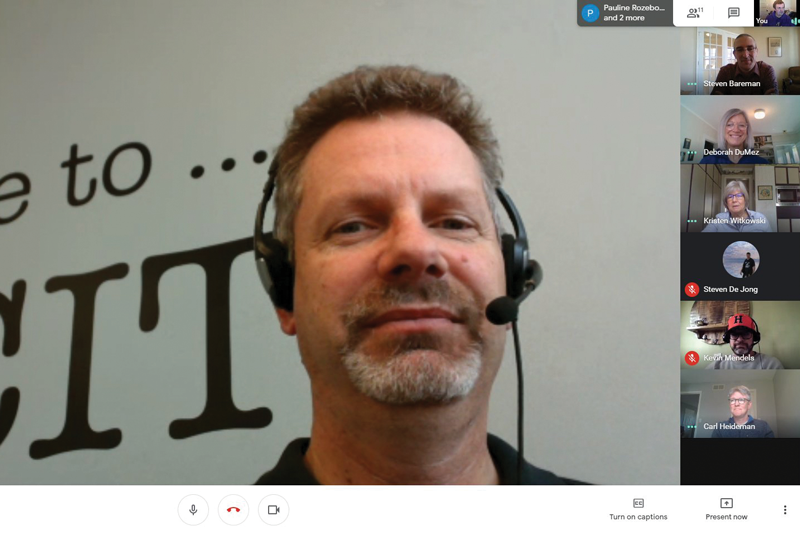
The pair were among a raft of professors who needed to shift gears nimbly. For example, while many student teachers’ placements in schools in West Michigan and around the country continued remotely, not so for the roughly 150 nursing students whose six-week clinical practicums were to have started in March. Hospitals called them off. To create learning contexts similar to practicums and on-campus hands-on coursework, nursing faculty devised alternative ways for students to acquire essential skills. Simulations worked well in nursing and in other scientific fields.
In chemistry, many online simulations are open sourced, so the faculty who lead General Chemistry labs promptly employed one on molecular structure and another about electrochemistry to stand in for their 150 students’ weekly three-hour lab sessions. For fall, the Gen Chem teaching team is moving all problem-solving skill instruction online and will use in-person lab time to teach physical manipulation skills.
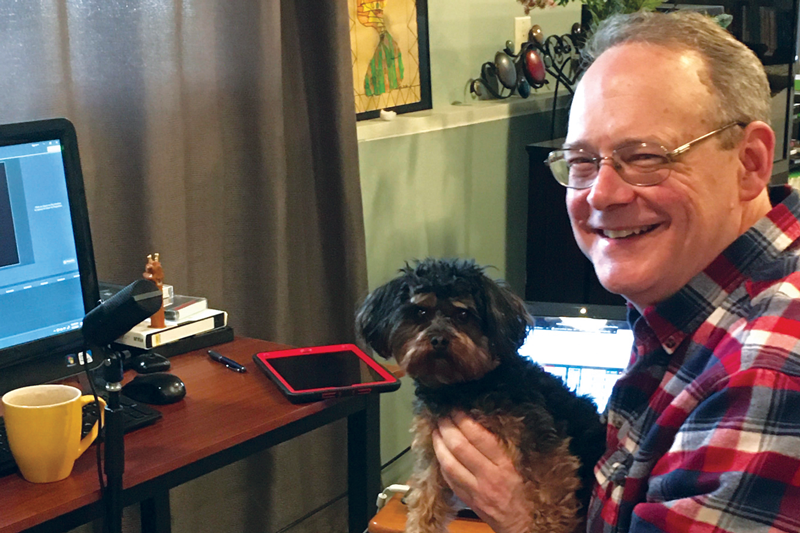
The Department of Nursing had no immediate access to simulations, so to approximate the experience of a hospital night shift, Dr. Anita Esquerra-Zwiers had two students develop a virtual one. She and her entire class stayed up all night, remote but in touch, each student observing and virtually caring for the two (student) patients and deciding when to call the patients’ doctor. (In case it’s needed this fall, the department has selected a publisher’s simulation series with a broad array of virtual simulations for each course.) Other nursing majors who’d been slated for community nursing practicums participated instead in online FEMA training; by semester’s end they received a certificate for disaster management to put on their résumés. Human trafficking and trauma informed care were also addressed through online training. This summer, West Michigan hospitals and clinics began welcoming college students back for practicums on site.
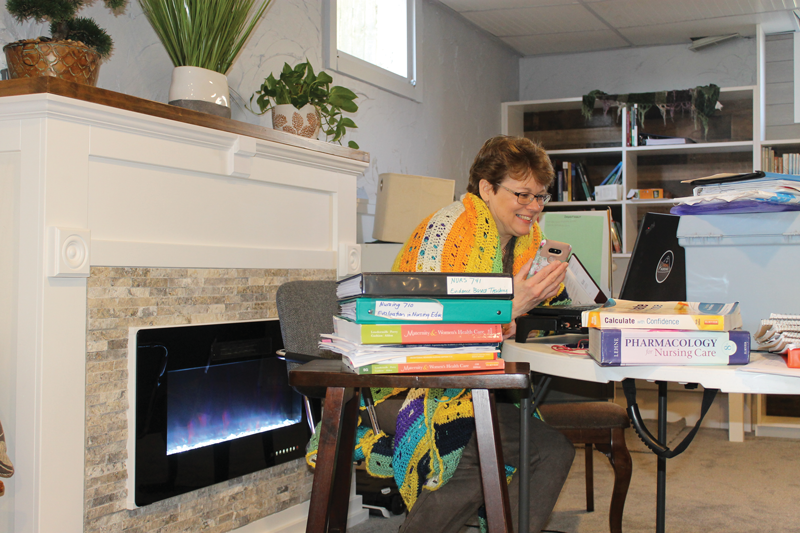
Even the best simulation could not substitute for some types of hands-on skill-building, however, such as developing essential psychomotor skills in an introductory nursing skills course. “They need to start an IV, they need to do injections, and we didn’t give them sharps at home,” department chair Melissa Bakhuyzen ’95 Bouws said. From mid-March to May, those students’ studies included videos and practicing noninvasive procedures on cooperative family members. When they return to campus, they’ll practice and perform skills one-on-one with a faculty member to complete their spring course requirements.
As the semester progressed, adjustments like that became the new normal across campus. “Students and faculty had to manage the challenges of expectations, seemingly nonstop work, occasional internet connectivity issues, video call fatigue, difficulty from working from home (for everyone – parents, children, dogs and cats!) and general anxiety from the global pandemic,” Short-Thompson said.
“Relationships have been important to nurture and maintain intentionally,” she continued. “Faculty took the time to inquire about students’ well-being and made time for them one-on-one, when necessary. Faculty, staff and students worked hard to maintain a sense of community. And, of course, faculty were still concerned about students’ learning.”
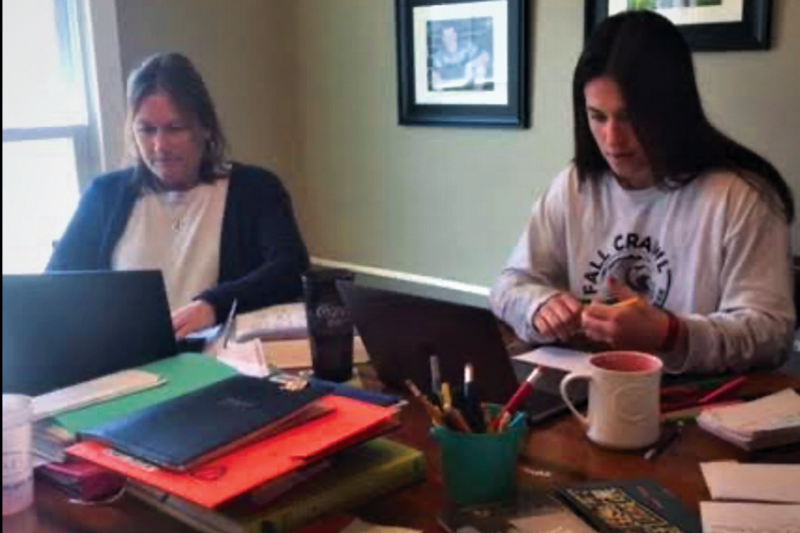
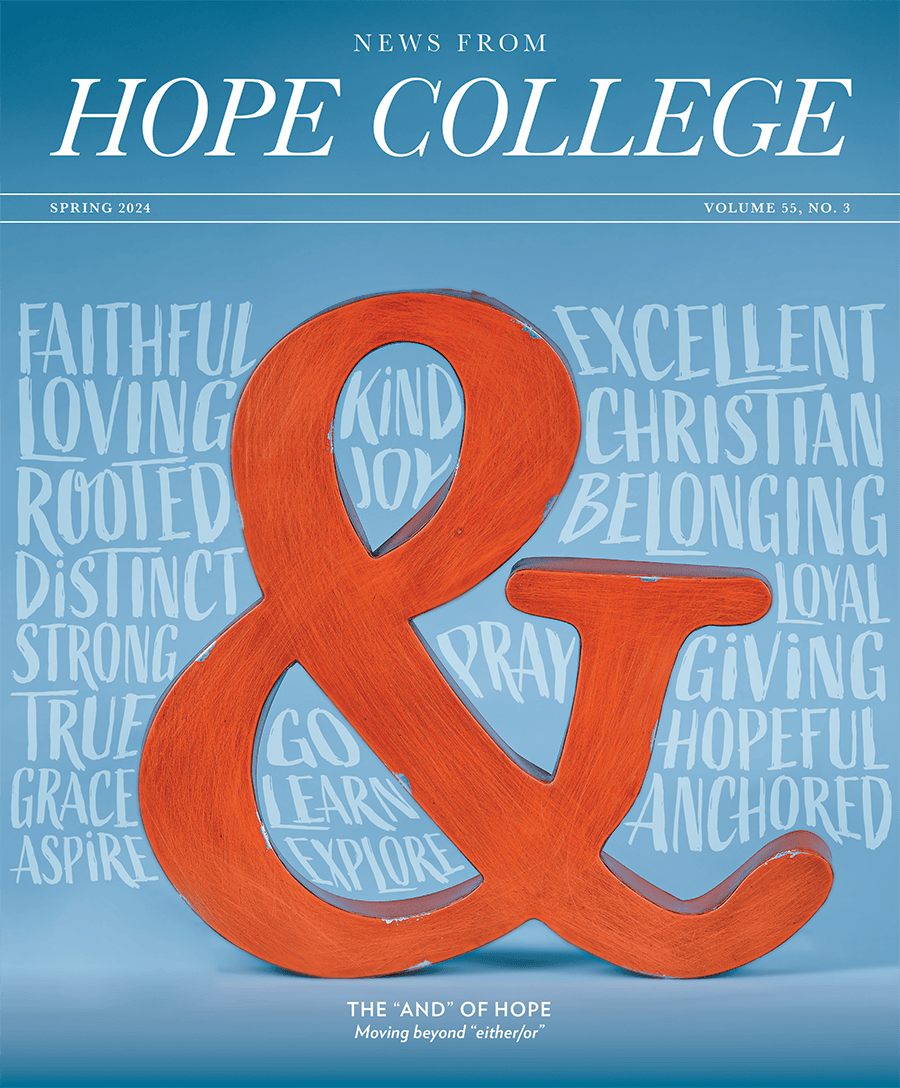
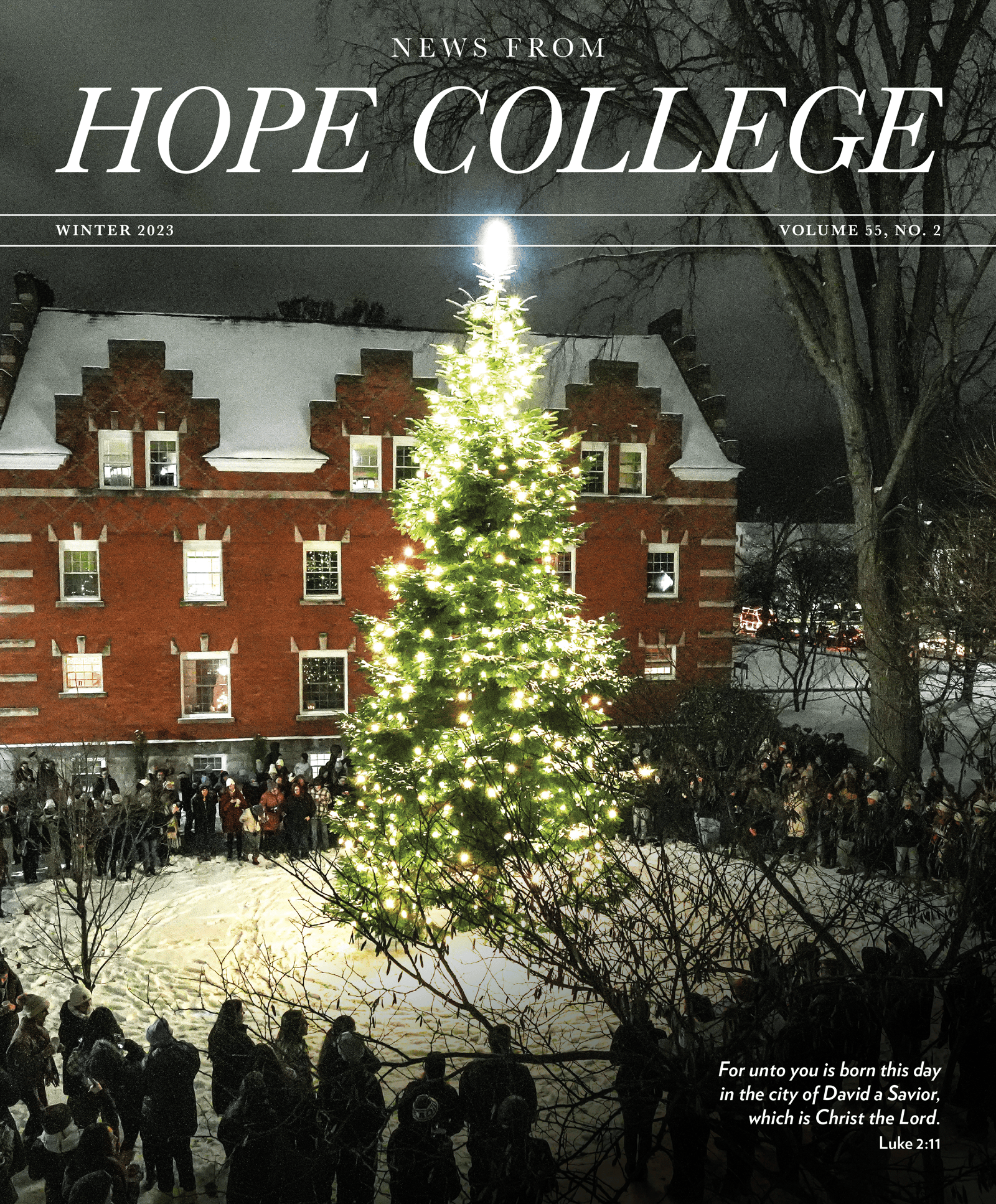
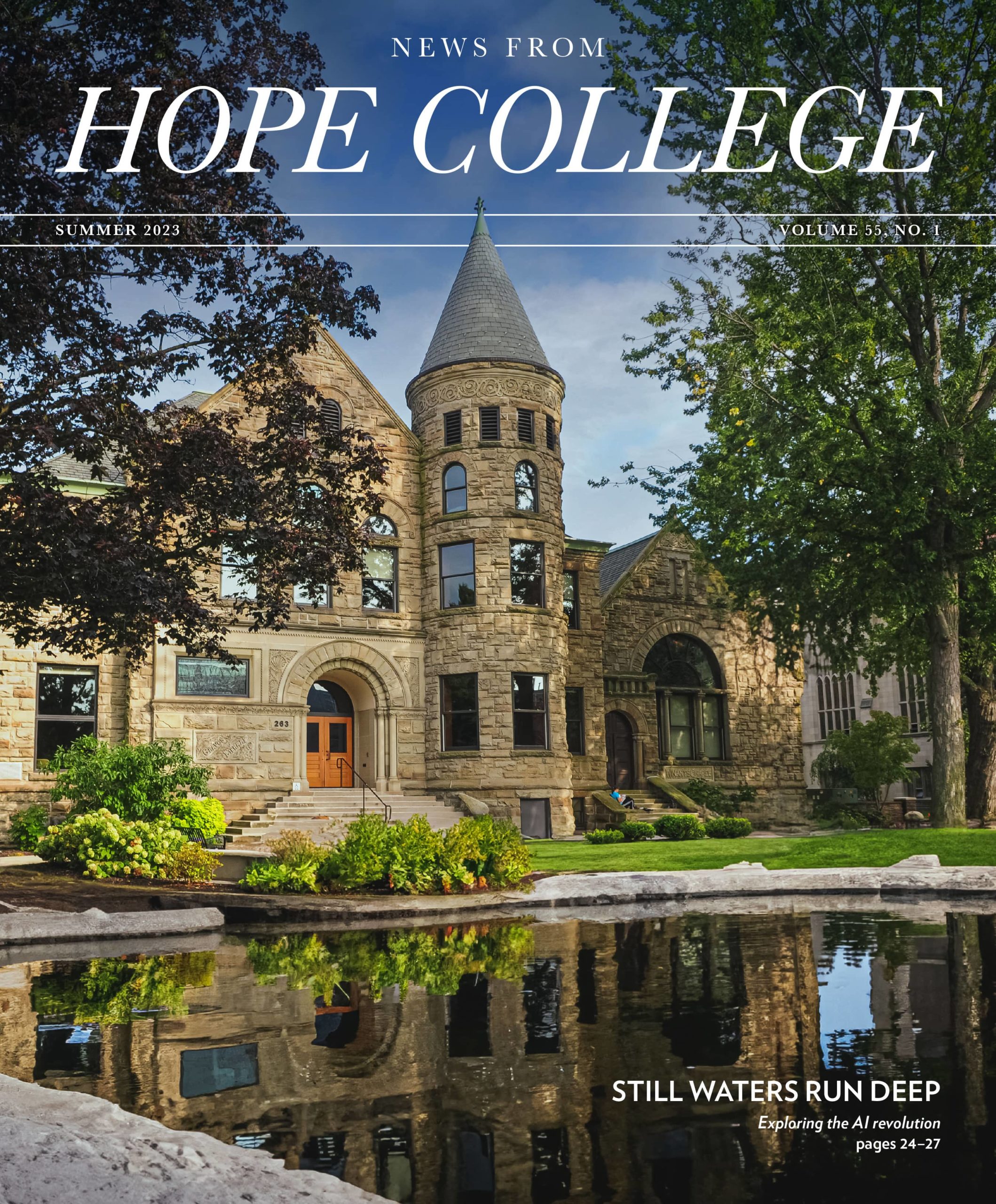
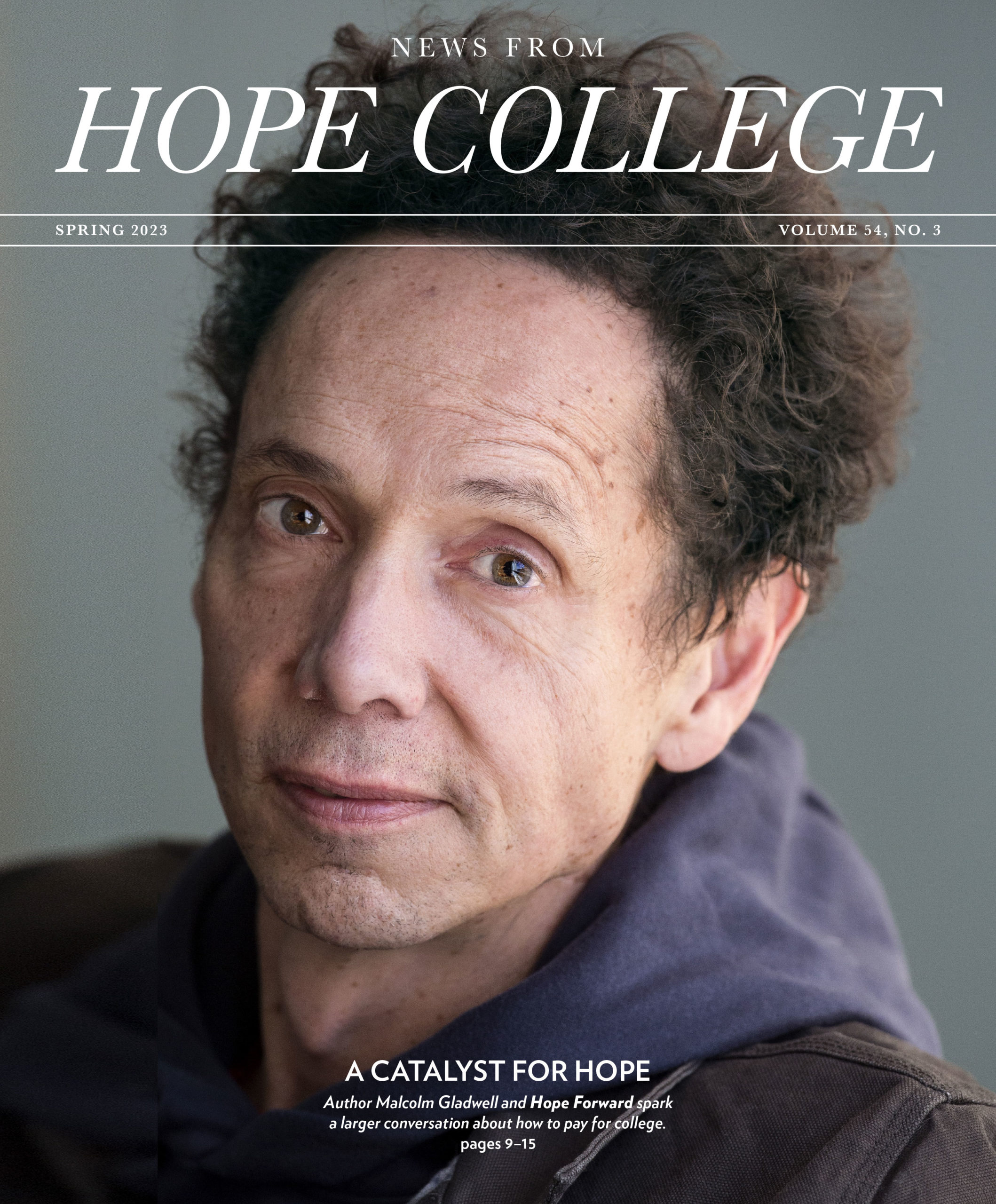
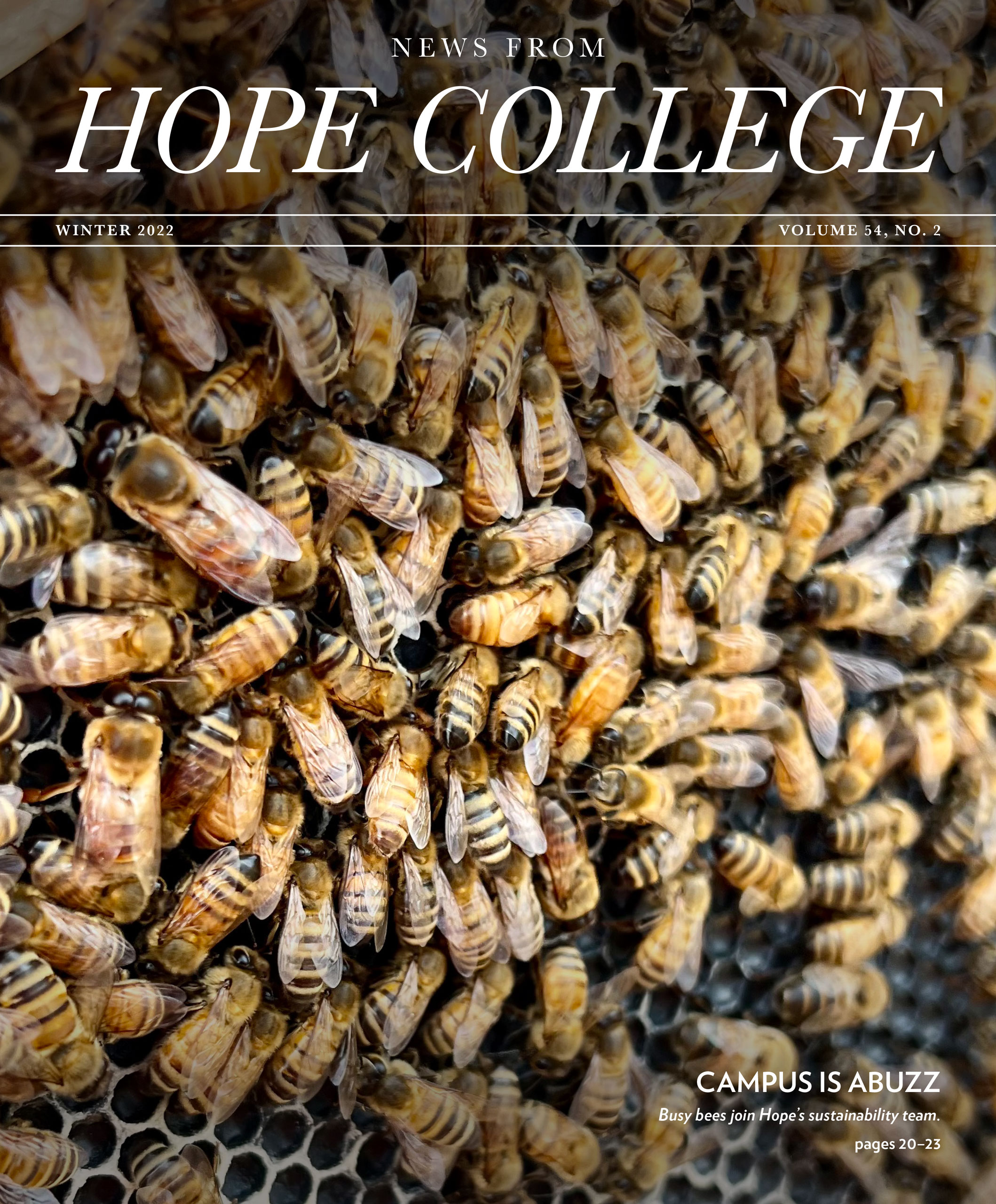
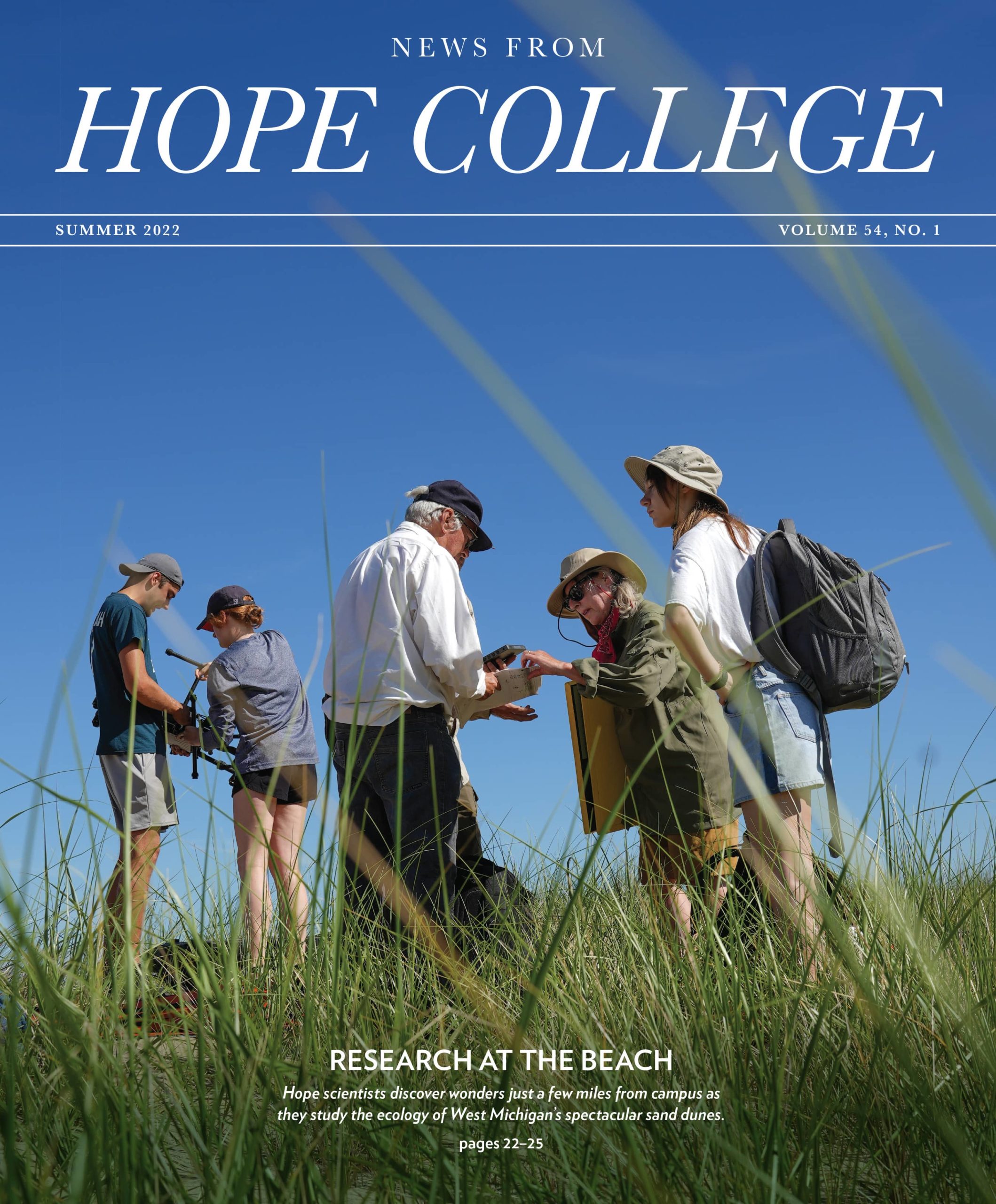
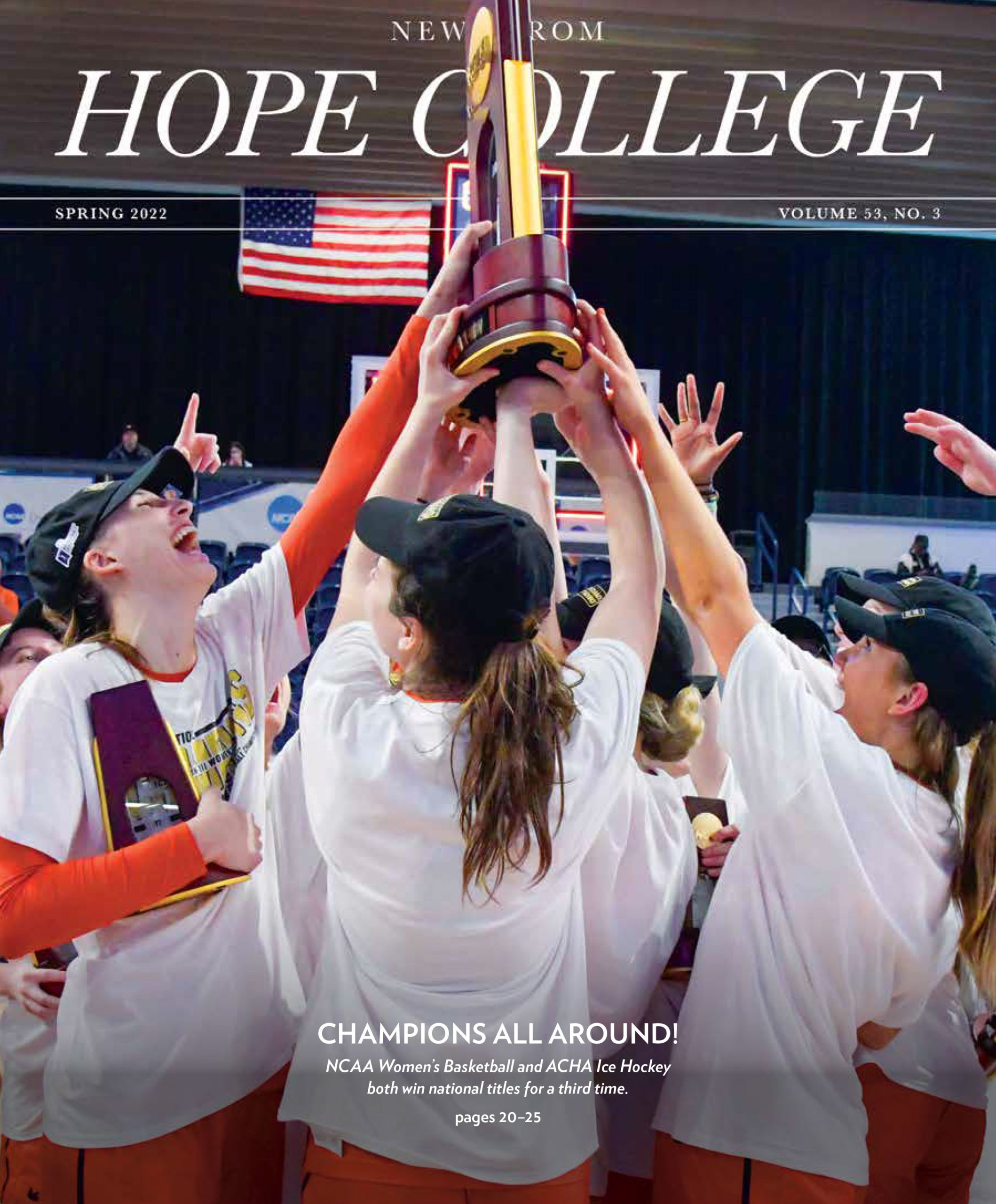


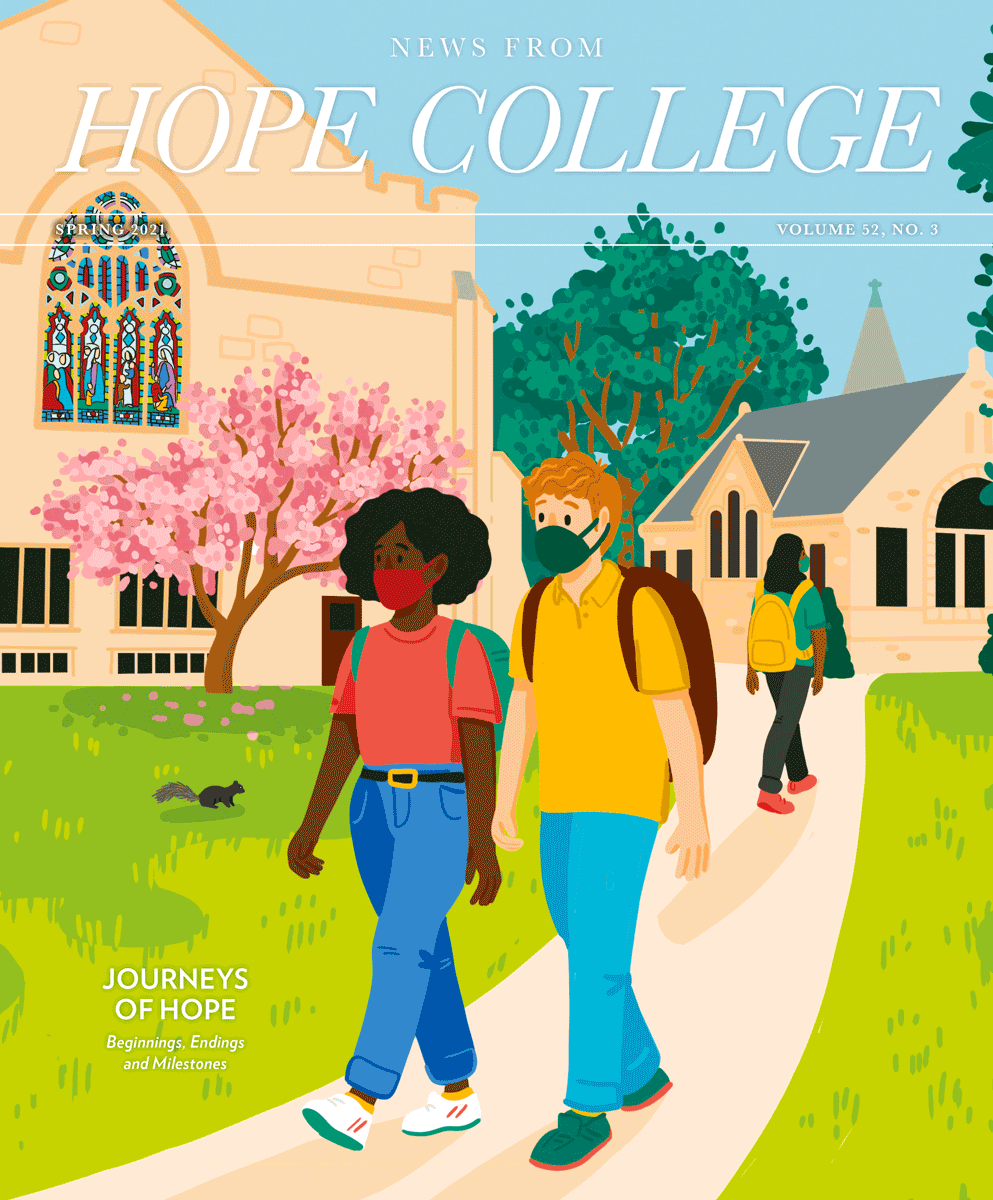

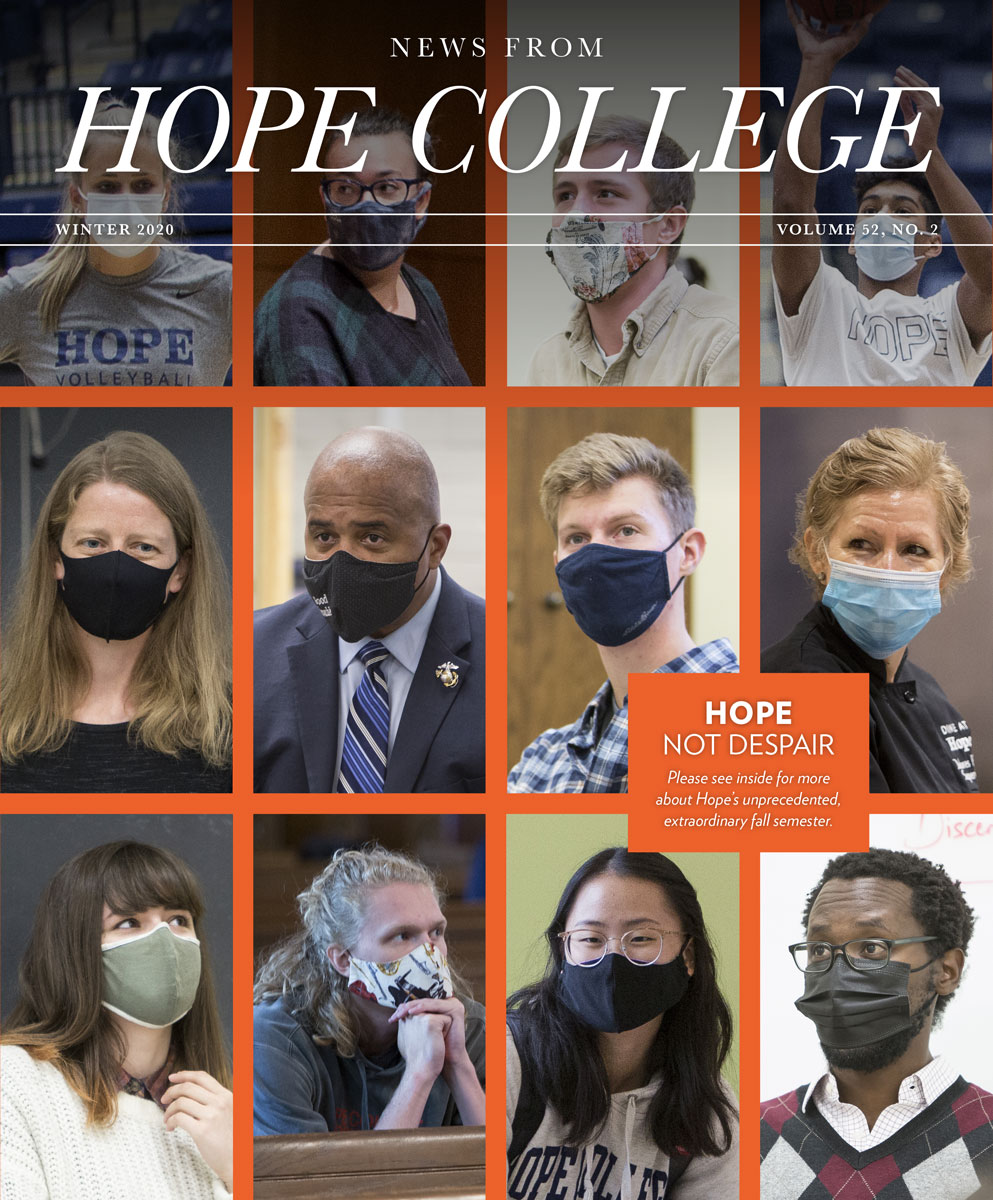

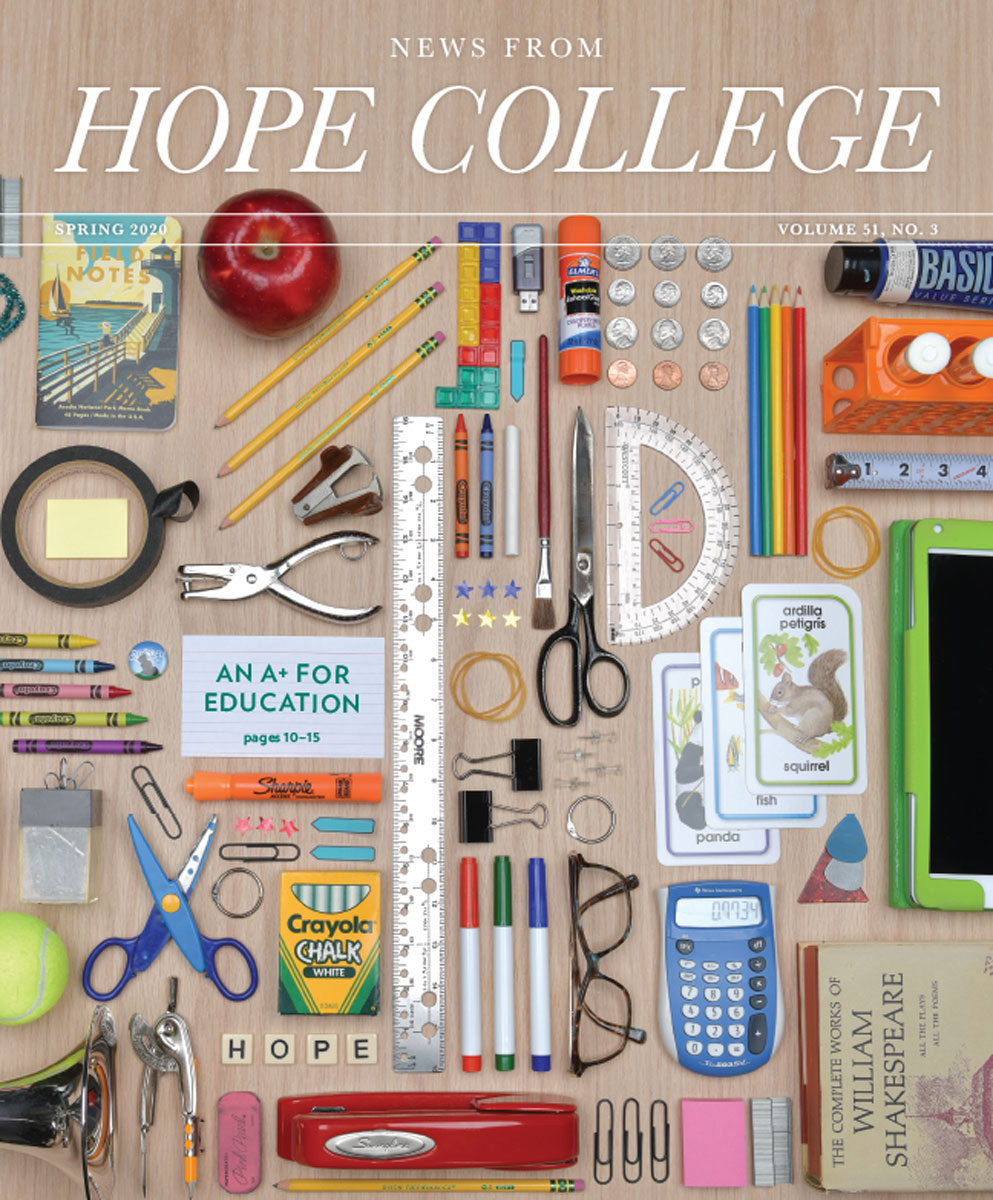


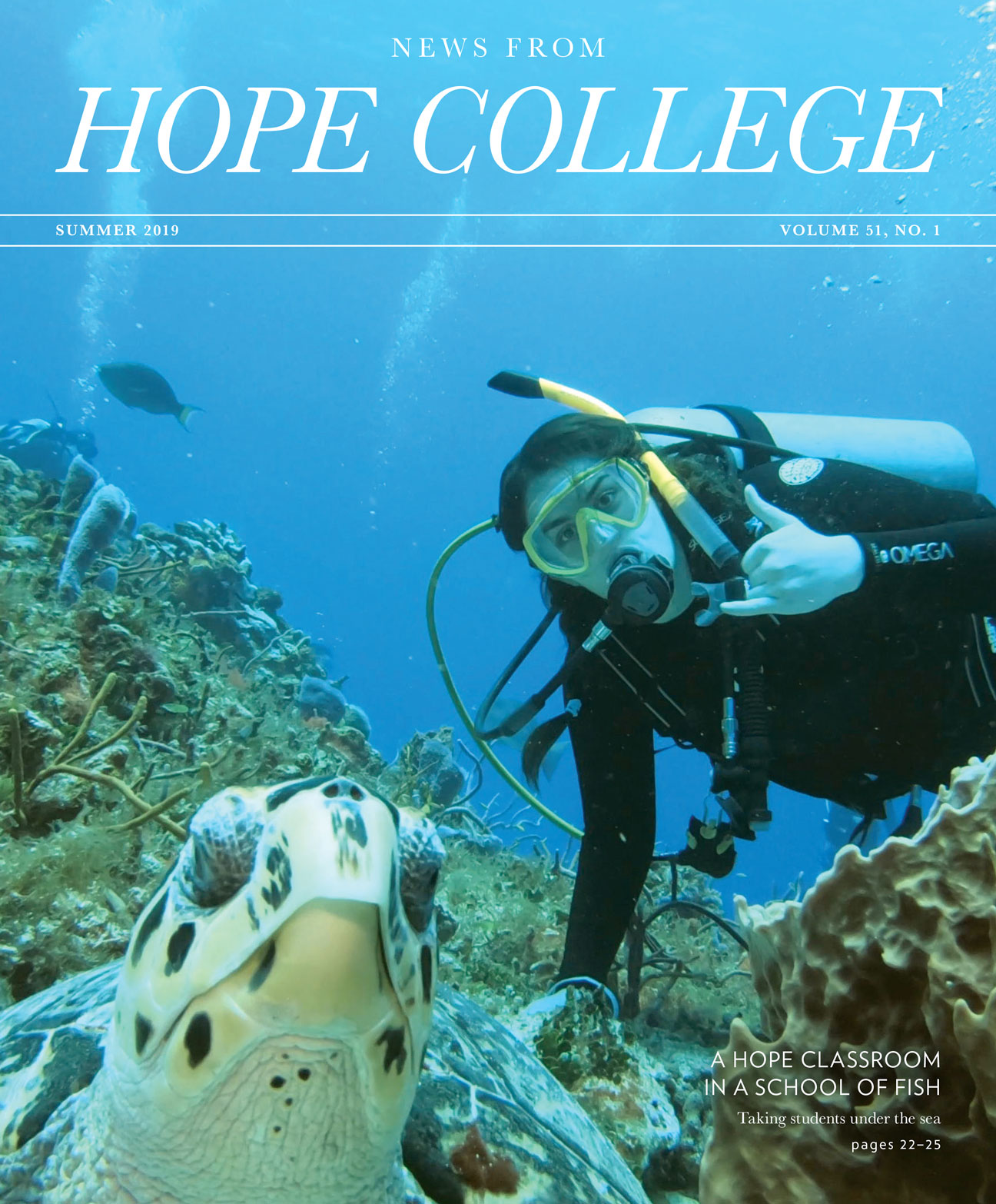
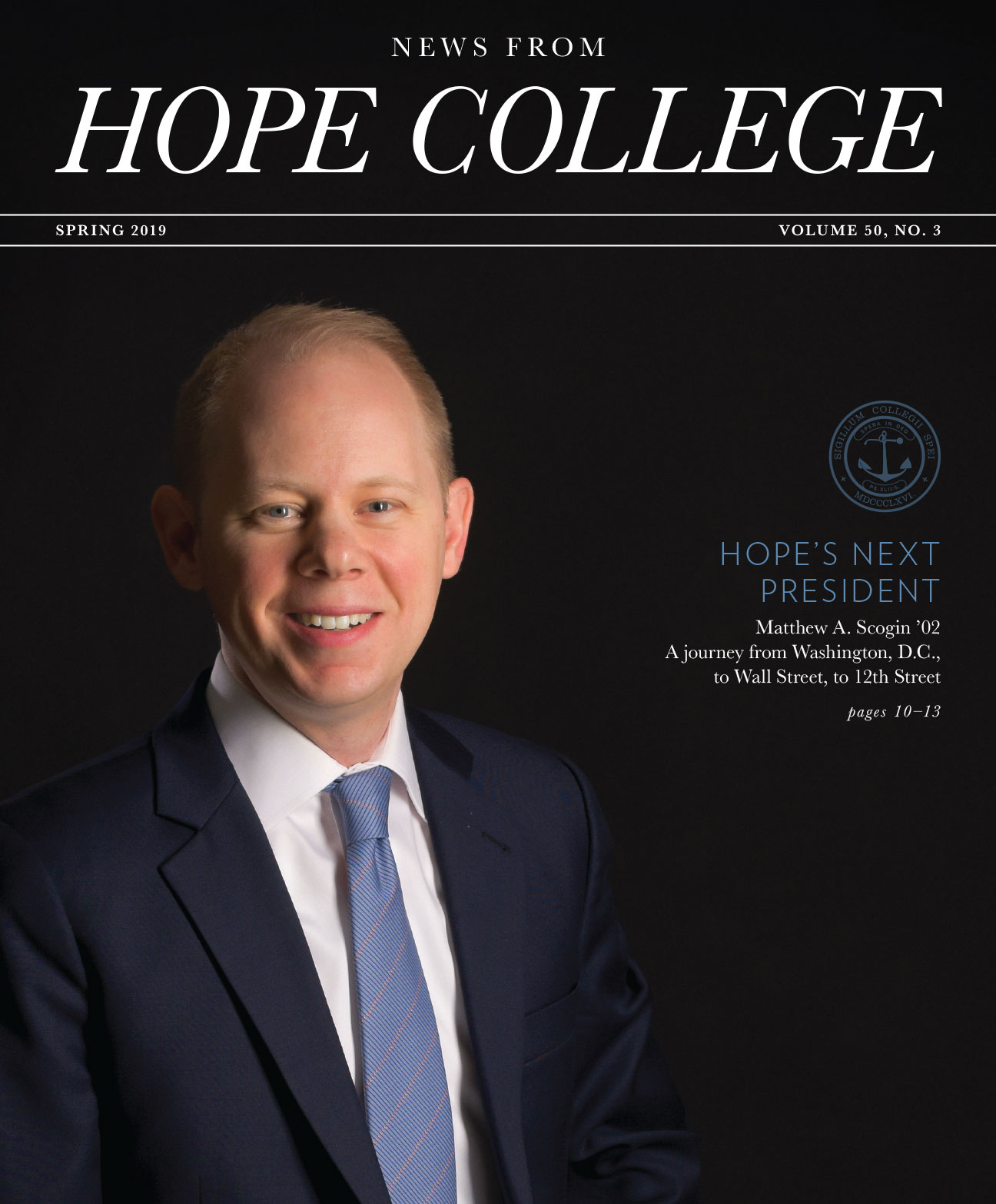
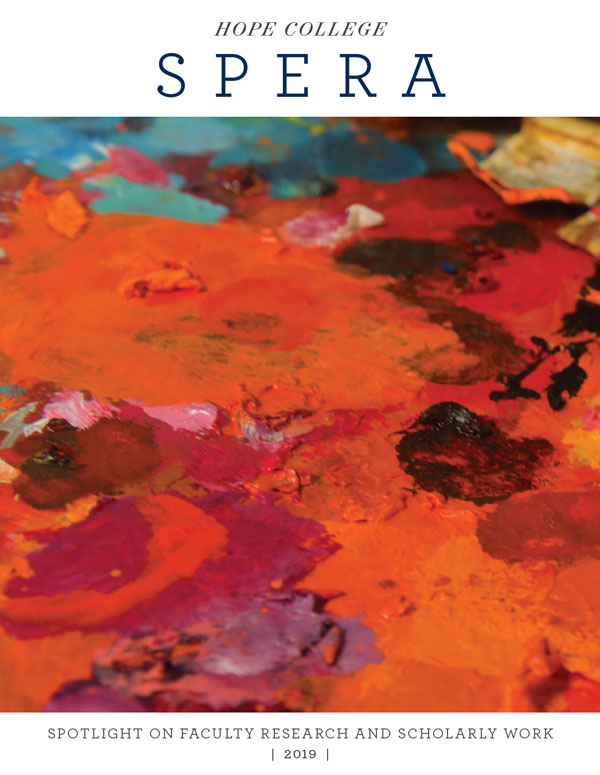
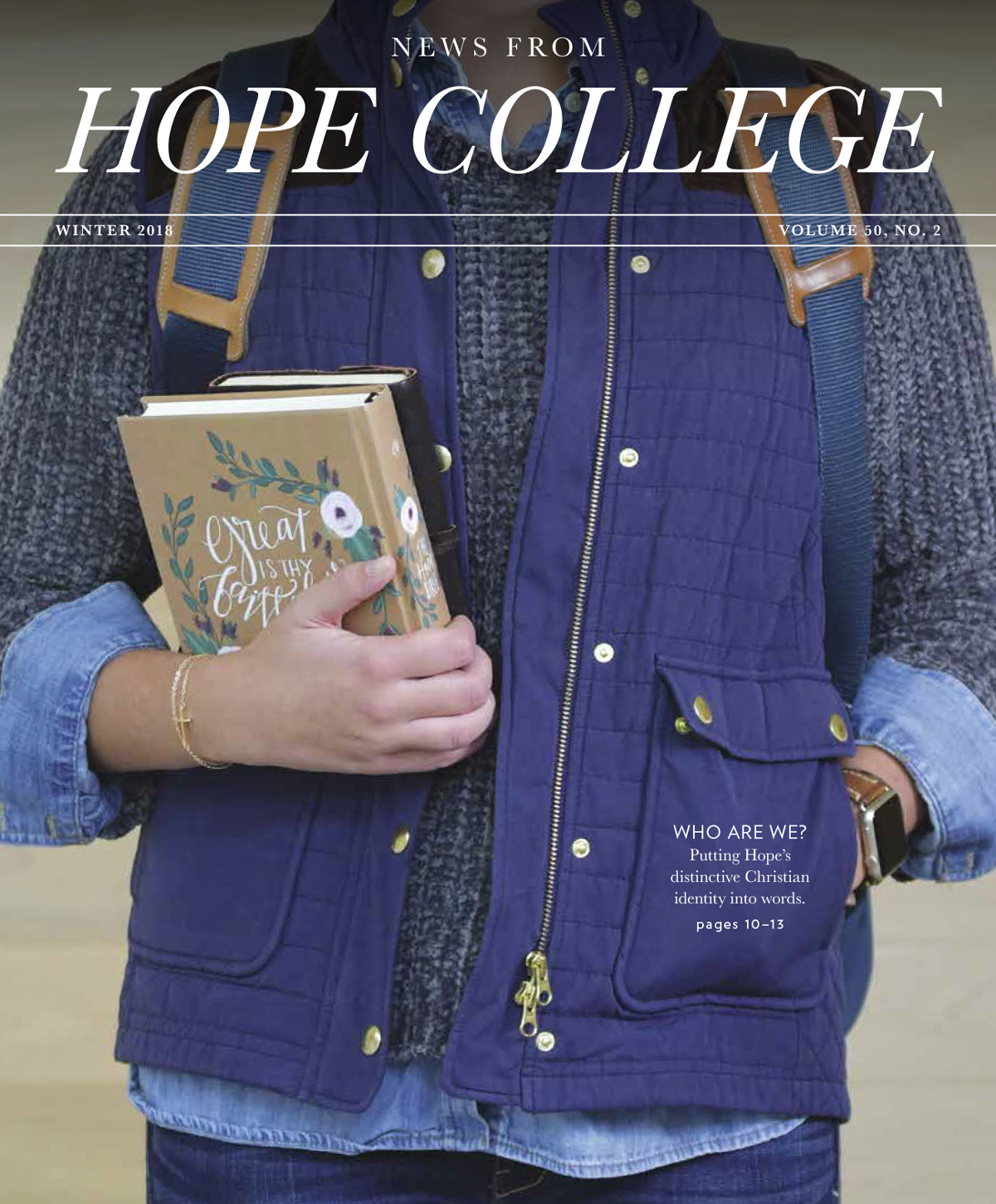
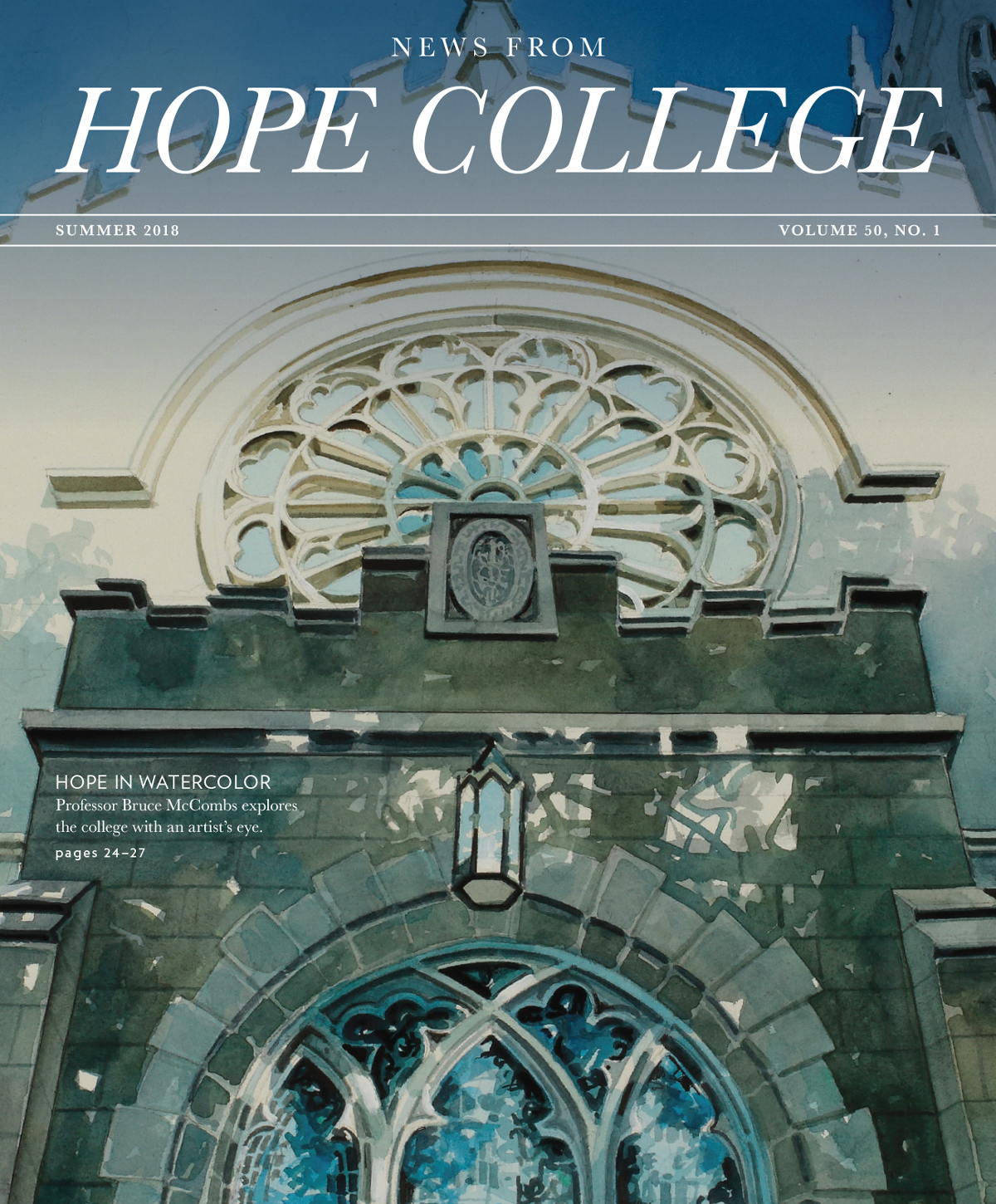
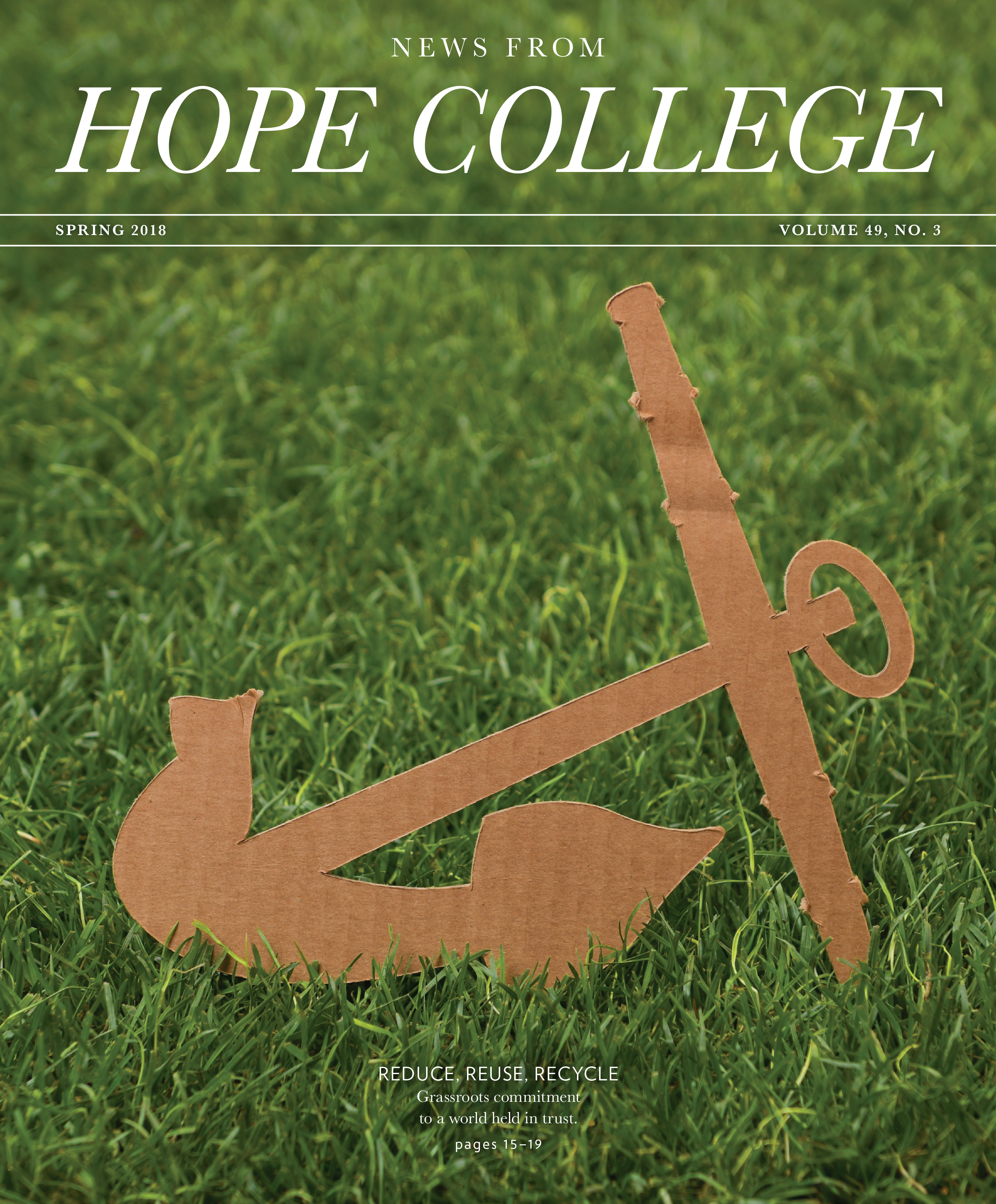

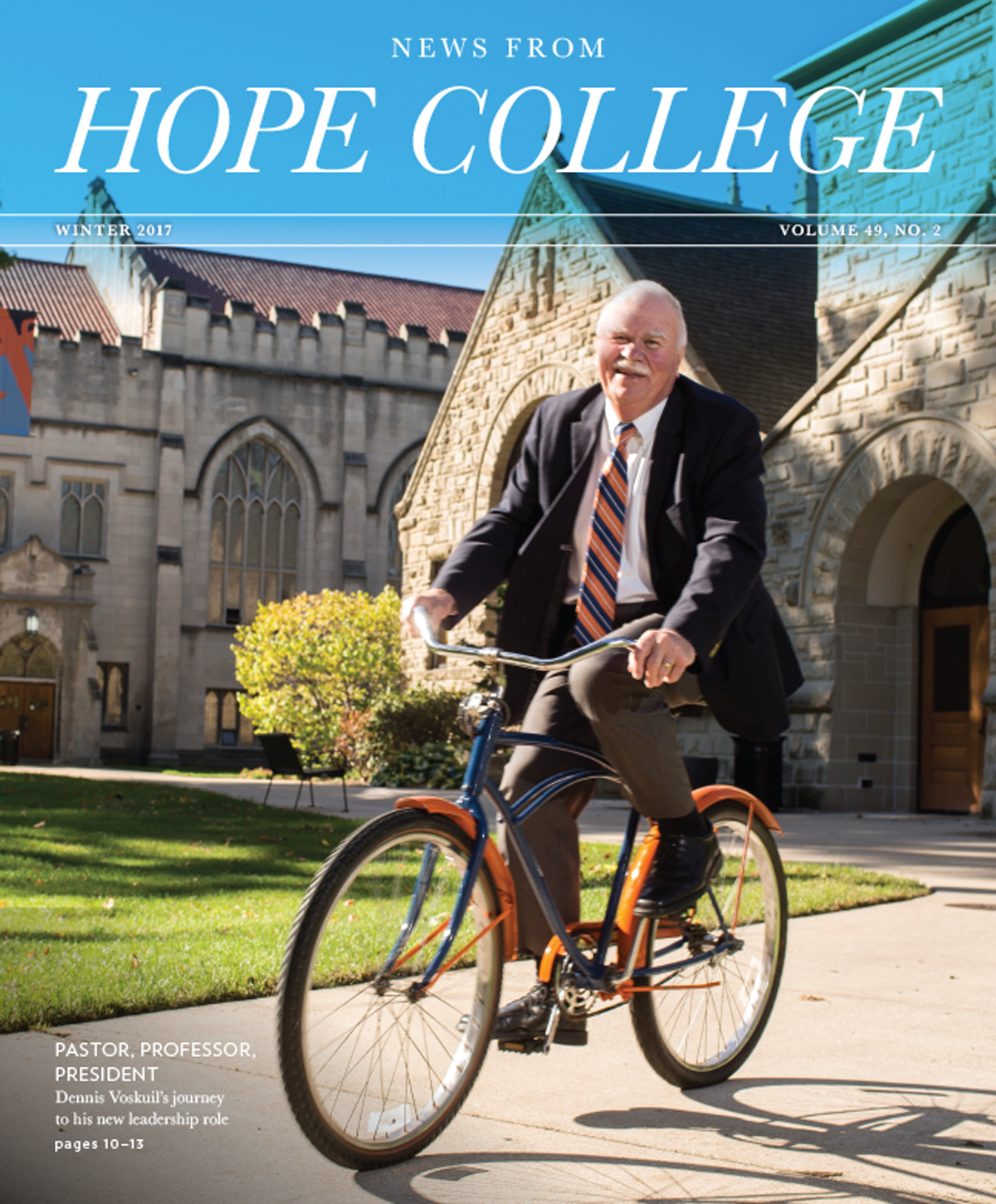
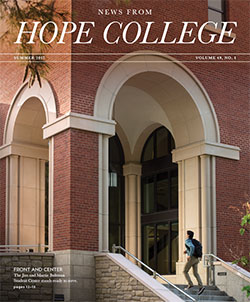
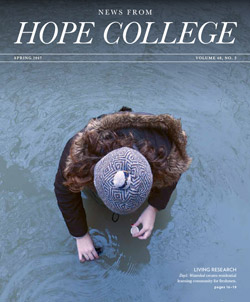
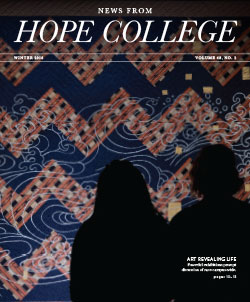
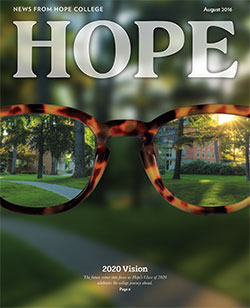
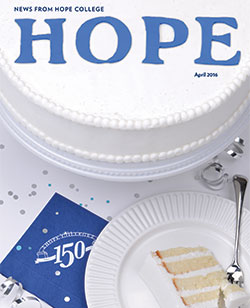
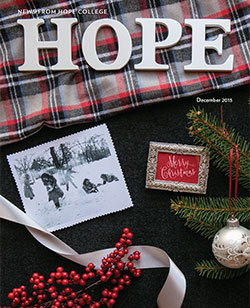
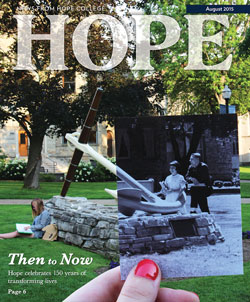
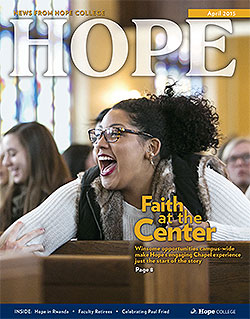
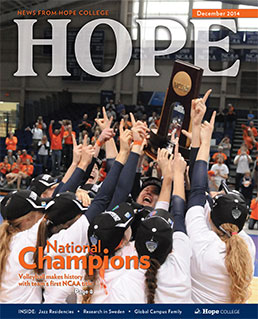
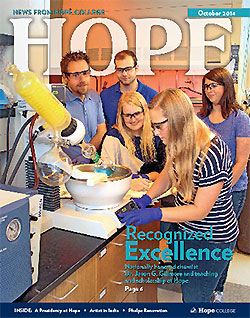

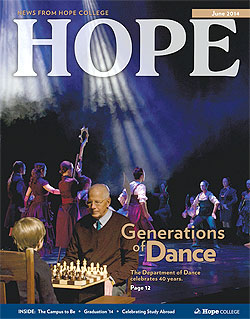
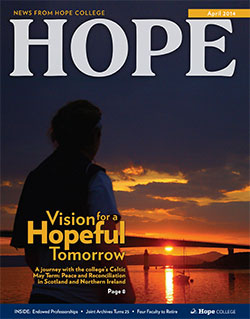
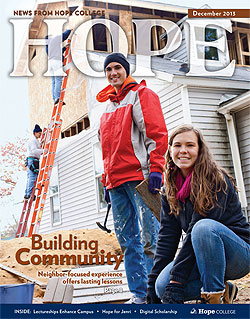



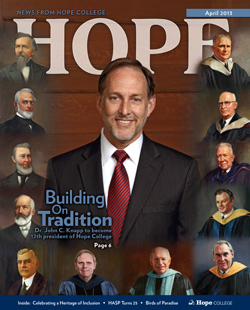
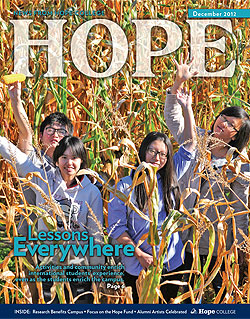
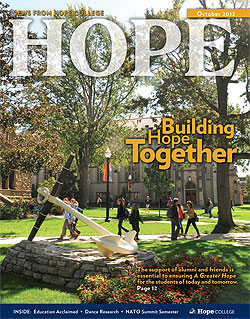

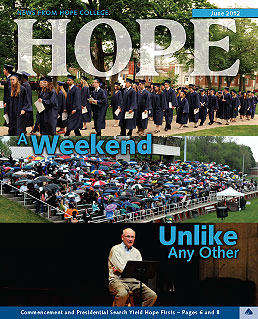


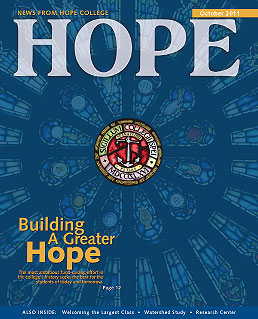
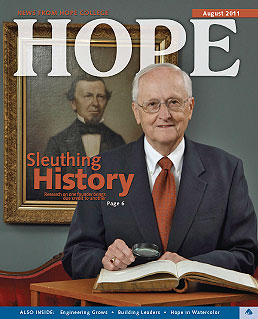
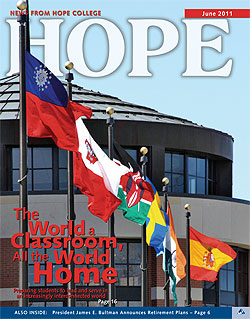
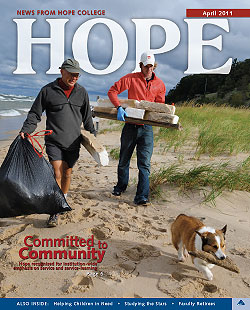
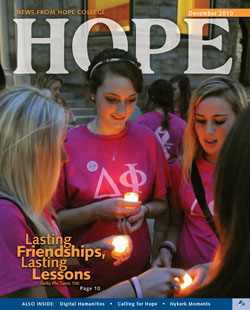

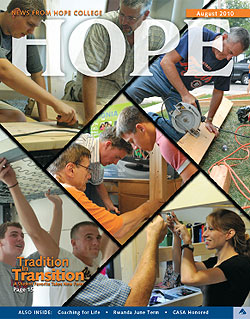
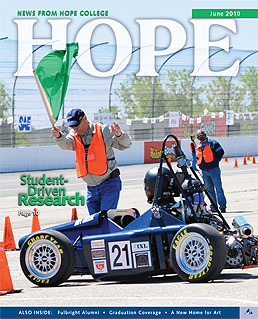
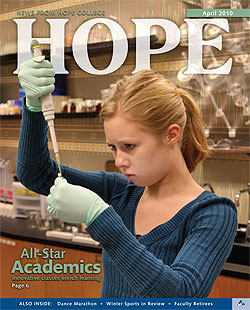
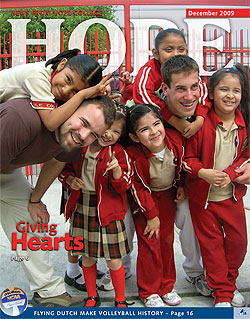
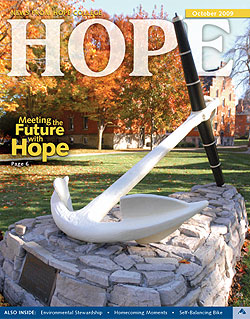

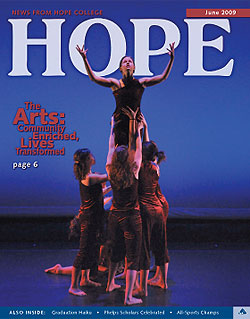
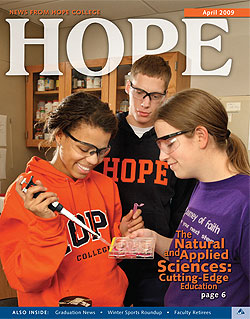

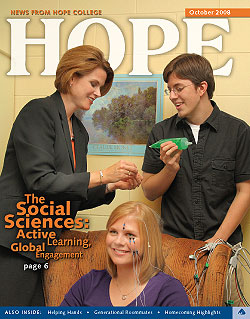

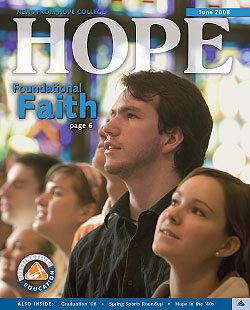

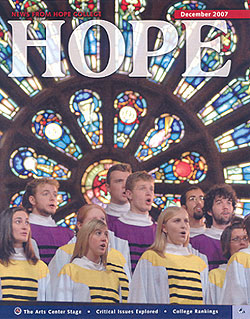
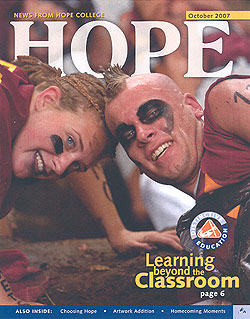
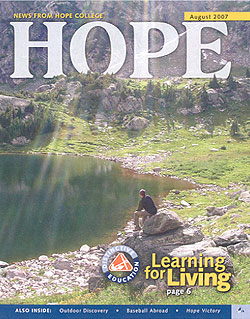
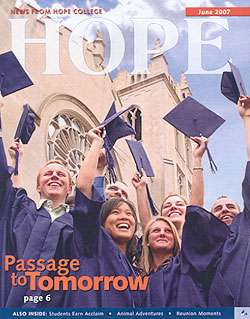

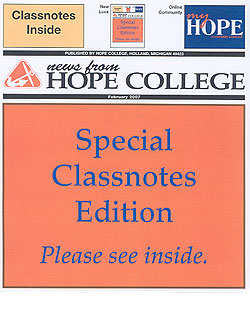
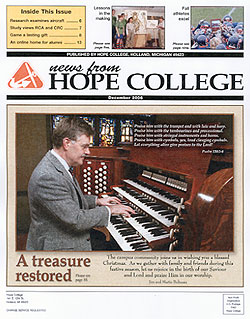
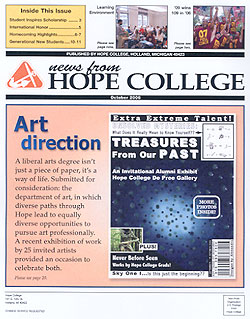
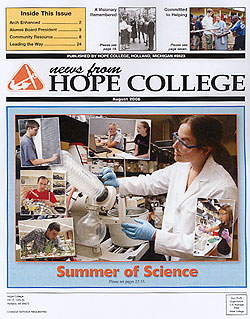
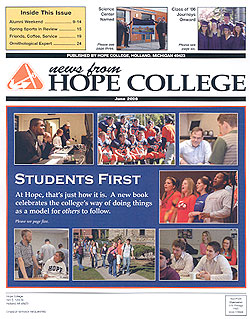
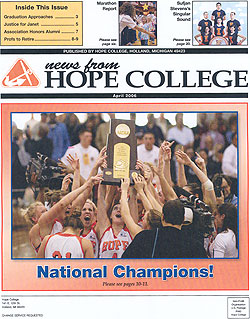
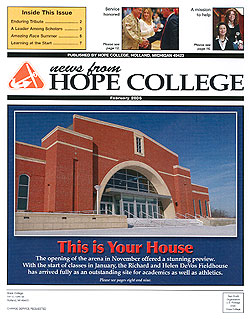
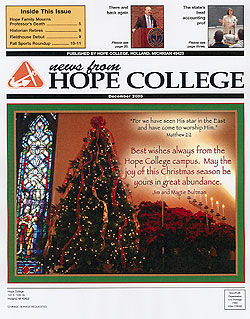
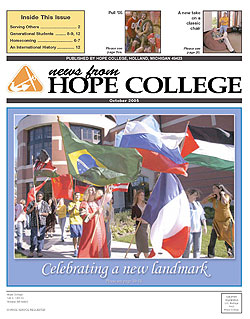
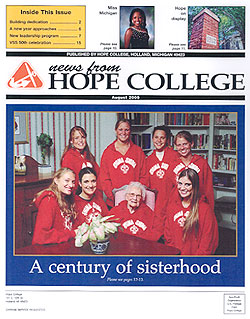
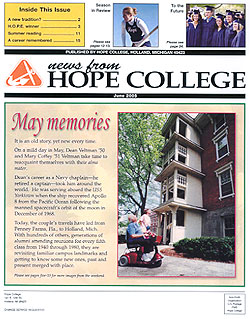
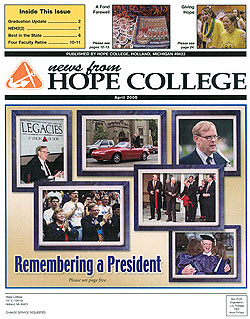
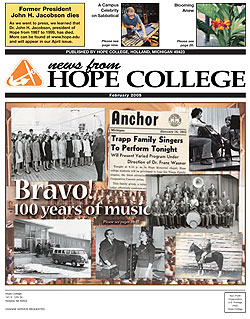
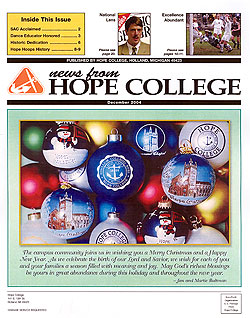

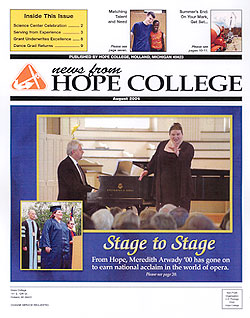
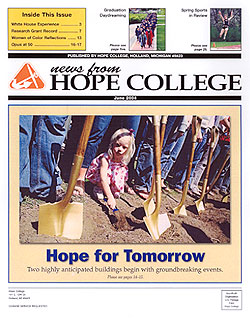

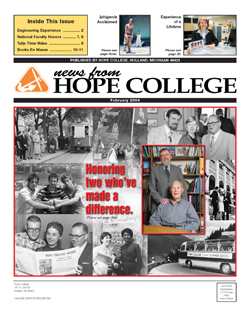
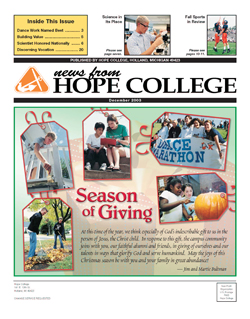
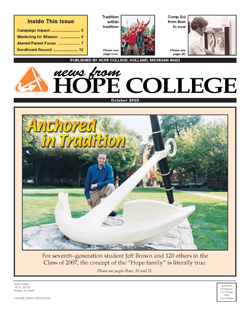
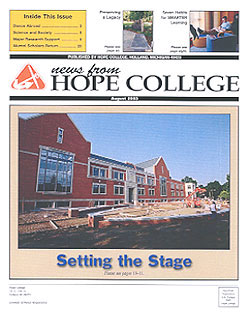
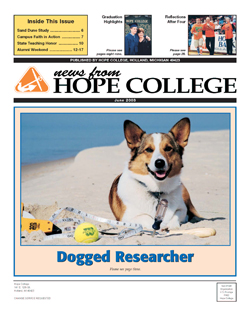
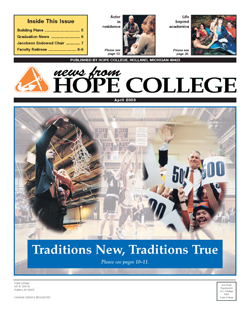
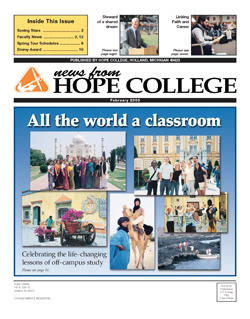


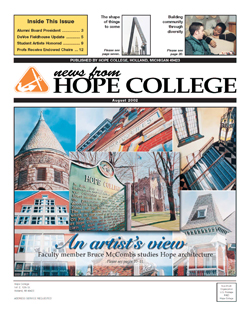
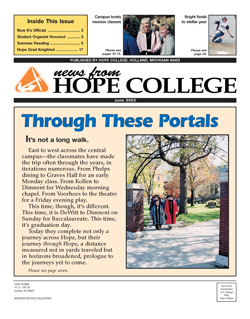
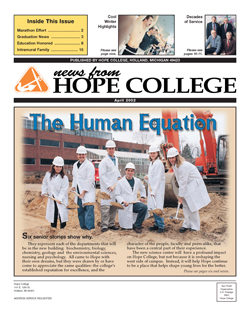
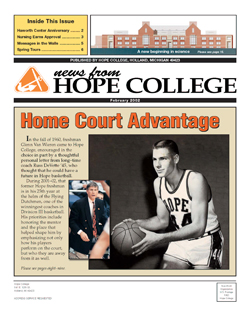
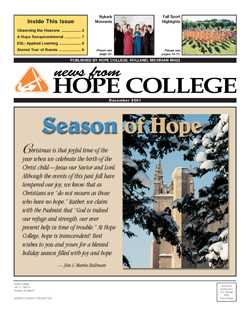
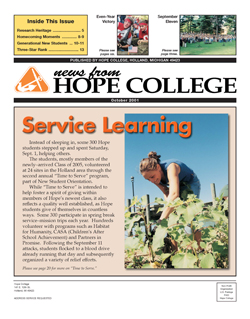
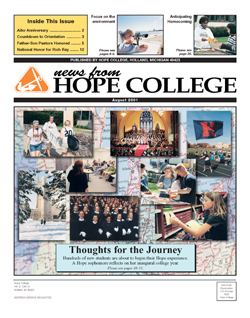
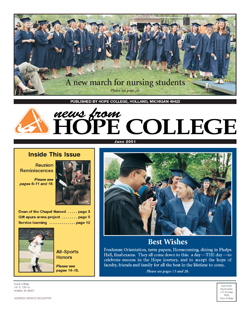

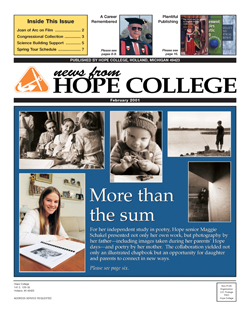
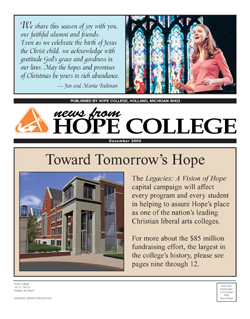
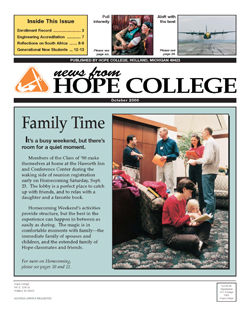
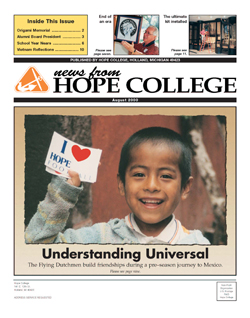
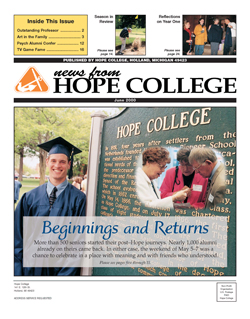
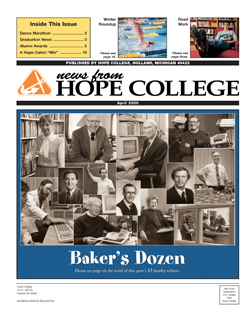
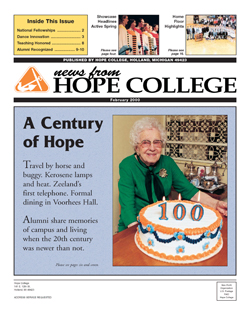
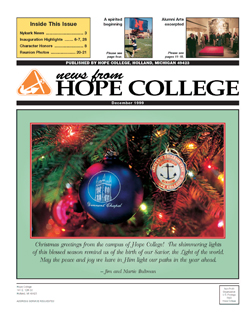
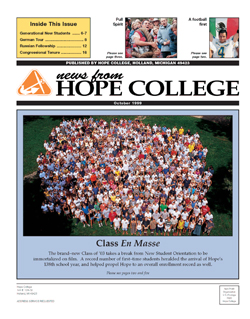

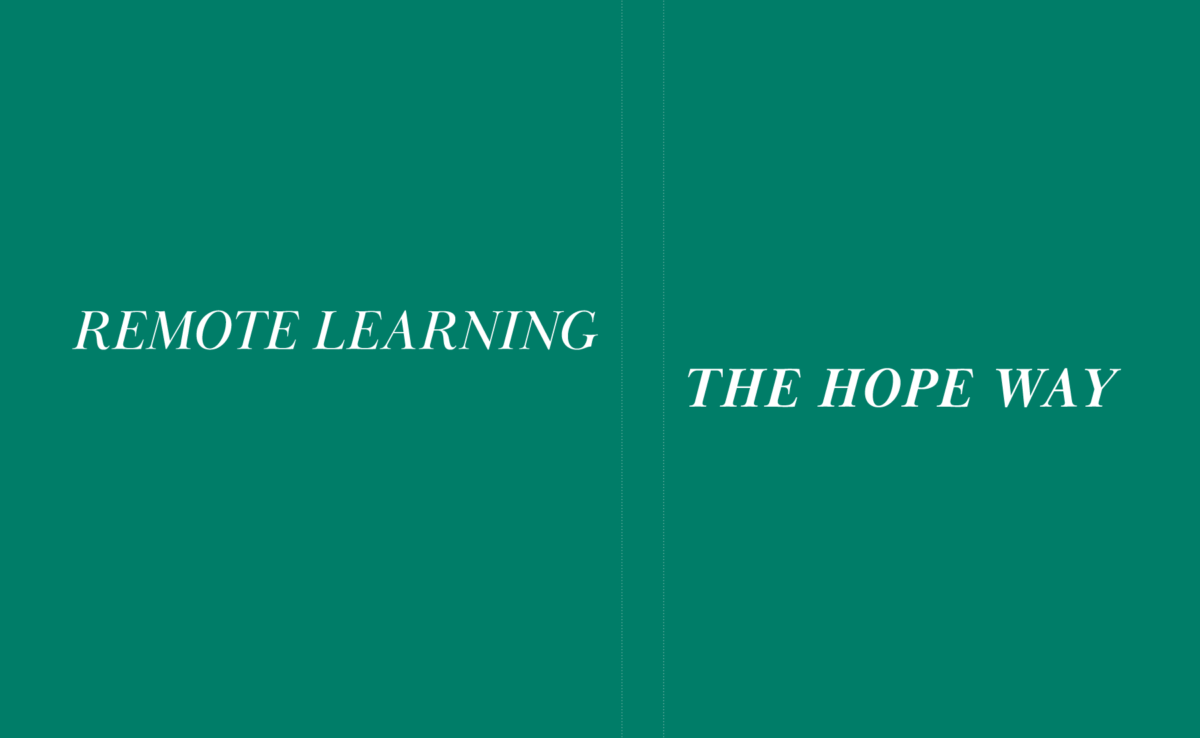
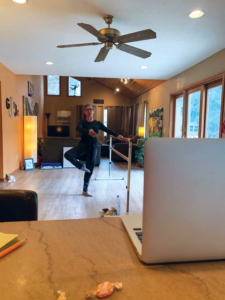
One thought on “Remote Learning the Hope Way”
Comments are closed.